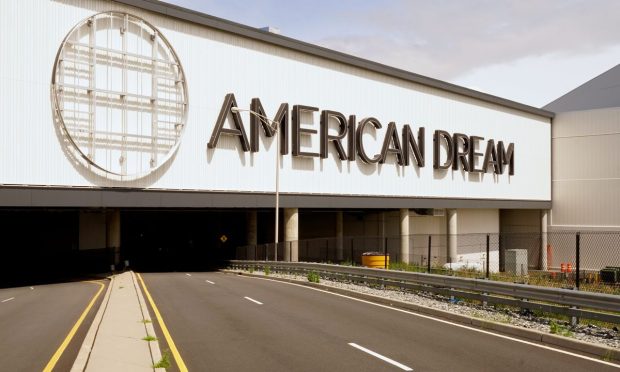NJ’s Massive New ‘American Dream’ Mall Faces Growing List of IOUs

Even before ground was broken in 2004, things have never gone as planned for American Dream, the 3.5 million-square-foot entertainment and retail complex in New Jersey’s Meadowlands.
After its delayed grand opening in 2019, followed soon after by intermittent closures in 2020 due to the pandemic, the 3-year-old project has spent most of 2022 trying to make good and keep current on a mix of government-backed grants, municipal bonds and over $1 billion of state-issued construction loans. Most recently, it has had to deal with reports that it is at least $9 million behind on tax payments to more than a dozen nearby local governments.
While requests for comment sent by PYMNTS to both the property’s New Jersey management office and Canadian-based corporate headquarters were not returned, owner-developer Triple Five Group has been at the center of an ongoing media storm over its plans to manage its growing list of creditors for months.
Although no debt resolutions have been announced yet, for its part, American Dream is involved in ongoing negotiations with state and local officials and bondholders.
However, given the project’s status as being the second-largest mall in the United States — exceeded only by the Mall of America in Minnesota, which is also owned by Triple Five Group — and its proximity to New York City, interest in this mixed-use development has spread far beyond its natural target market.
More Than a Mall
Even though American Dream is often referred to as a “mall,” its more formal description is as a retail-entertainment complex, which itself is a bit of an inverted misnomer since the company downsized its original 50-50 business split objective to only about 30% retail amid the pandemic’s disruptions.
While there are hundreds of stores and restaurants currently open for business in the property today, the primary draw and promotional pitch are the property’s array of activities, including indoor skiing, skating, water park, amusement park, aquarium and more.
Even so, full-year filings with the Securities and Exchange Commission (SEC) showed the facility delivered record revenues of $173 million in 2021 but were still less than its expenses and resulted in a net loss of nearly $60 million.
Taken together, American Dream’s growing string of IOUs building up alongside its significant annual losses have cast doubt over the mega-project’s viability. The thinking goes that if a retail-entertainment complex located in one of the most densely populated states in the country that also falls within the nation’s largest metropolitan region can’t make a go of it, what does that say about mall space in general, especially at a time when customers are increasingly doing their shopping online.
Too Many Malls
Admittedly, American Dream is not just another mall, and its success or failure does not directly correlate to other commercial properties that are tied more directly and exclusively to retail.
Even before the pandemic, the problem of too many malls in the U.S. was well known and served as a warning to developers that too much capacity and too little utilization were deeply entrenched realities within the retail real estate market.
In a 2019 feature interview that coincided with the belated opening of American Dream, Triple Five President and CEO Don Ghermezian told CNBC “America has a thousand shopping centers they don’t need.”
Even so, as landlords aggressively look to find tenants for new space while also struggling to fill cavernous holes left by bankrupt or downsized anchor tenants, retailers themselves are undergoing a revamp of their own, as they actively retrofit their existing physical locations to make them more digitally connected and experiential.
Read more: Retailers Rush to Rethink Stores Amid Shift to Digital, Experiential Shopping
For all PYMNTS retail coverage, subscribe to the daily Retail Newsletter.